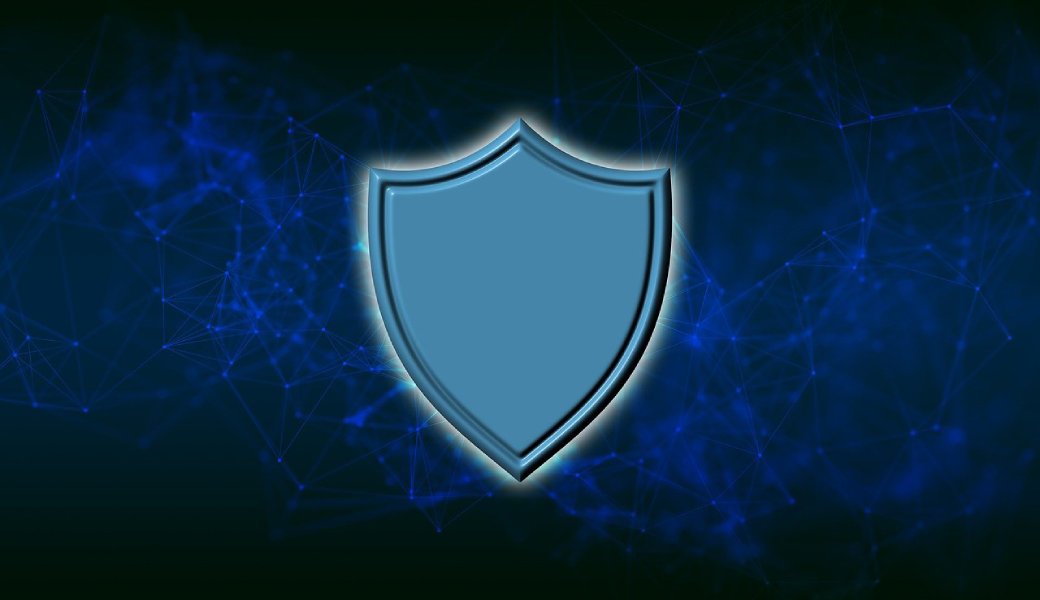Technology infrastructure today is expanding at a rapid clip. As businesses scale—deploying more servers, spinning up cloud-based services, and integrating third-party APIs cybersecurity risks scale right alongside. The more devices, users, and systems involved, the greater the exposure. While companies often invest in cutting-edge firewalls and intrusion detection systems, many overlook one crucial factor: human behavior. The most advanced architecture is only as secure as the people operating it. If employees lack the awareness to recognize phishing attacks or practice basic password hygiene, even the strongest perimeter defenses can be bypassed.
Why Cyber Awareness Must Be Built In
Scaling tech infrastructure without embedding a culture of cybersecurity is like building a fortress on shifting sand. As organizations grow, making onboarding efficient, code releases smoother, and team velocity higher becomes essential. Yet, introducing new users, roles, or vendors increases the attack surface. Without structured cyber awareness programs, employees may inadvertently expose credentials, mishandle data, or fall victim to targeted scams. Embedding cybersecurity training from day one ensures people aren’t just users of technology—they become guardians of it. Awareness training creates the baseline discipline needed to safeguard your systems from internal and external threats.
Cyber Training as an Investment, Not an Expense
Cybersecurity training for employees is often seen as a checkbox to tick during onboarding. But for fast-growing tech companies, it represents an operational investment with significant return. Regular training creates a workforce adept at identifying suspicious emails, spotting rogue devices, and reporting anomalies early. It reduces the likelihood of costly breaches that could require incident response, legal fees, and reputation management. When training is structured and continuous—rather than optional or patchwork—it becomes part of the operating rhythm. This cultural shift takes security from the IT team’s responsibility and turns it into a company-wide capability.
Training Alongside Infrastructure Growth
As infrastructure evolves—adding microservices, backend clusters, or distributed endpoints—employees need to understand how changes impact security posture. Cloud infrastructure teams deploying new environments should be aware of misconfiguration risks. Developers deploying to production should recognize how their code interacts with IAM controls. When new tools and APIs are introduced, each touchpoint becomes a potential entry point. In this evolving landscape, cybersecurity training must go beyond basic awareness and adapt to the technical progression of the company. Training platforms like cybersecurity training for employees help organizations stay aligned with growth phases; they offer scalable modules that support evolving infrastructure challenges.
Embedding Best Practices Early—From Interns to Leaders
Whether someone is joining as an intern or as a director, understanding the organization’s security expectations early on ensures consistent behavior. Interns learn that they should never store credentials in code; engineers learn how to use secure repositories; product teams learn how to classify data sensitivity. When every role understands their touchpoints with risk, the collective security stance strengthens. Rather than waiting for a cybersecurity incident to train users under pressure, embedding habits such as safe link handling, strong password habits, and multi-factor authentication use from day one builds long-term resilience.
Cybersecurity as a Competitive Advantage
As tech partnerships and vendor relationships form, startups that can demonstrate a culture of cybersecurity readiness stand out. Prospective clients and investors increasingly ask: “How do you train your team?” “How do you measure awareness?” and “What training platform do you deploy?” Companies that can confidently demonstrate structured training, phishing simulation results, and low incident rates gain credibility. That is especially true in regulated industries or when handling sensitive customer data. Cyber awareness is no longer just a backend concern—it becomes a public marker of reliability and professionalism.
Building a Feedback Loop: From Training to Policy
A strong training program does more than check boxes; it surfaces real data vulnerabilities. Phishing simulations reveal who is clicking unsafe links. Awareness assessments highlight weak understanding in certain departments. These insights inform policy adjustments, help refine access controls, and shape communication strategies. When structured cyber training is integrated with incident monitoring and response protocols, organizations can iteratively improve both their human and technological defenses. This closed-loop process ensures that training never grows stale and that policies evolve in step with infrastructure changes.
Ensuring Training Scales with Culture and Tools
As new engineers join, as cloud services expand, and as global teams emerge, training content must remain relevant and targeted. Security awareness training that scales means accessible modules, repeatable onboarding sessions, and regular refreshers—ideally contextualized to evolving threats. Partnering with platforms that offer turnkey modules and analytics, such as cybersecurity training for employees, allows organizations to scale training systematically and measure progress over time. Relevant updates—like API key management or remote access guidelines—can be added to training as new tools are deployed or policies updated.
Conclusion: Secure Growth Begins with Awareness
Scaling your tech infrastructure without a parallel investment in operational security awareness is a risky proposition. As organizations grow, employees must understand their evolving role as custodians of sensitive systems and data. Cybersecurity training is not just about reducing phishing rates; it’s about ensuring that every user understands how infrastructure and behavior intersect. Structured training from day one—layered into onboarding and reinforced throughout company growth—lays the foundation for genuine security culture. For tech teams committed to scaling reliably and responsibly, cybersecurity awareness is not an afterthought. It’s the first line of defense—one that turns users into active defenders of your digital future.
